Introduction
If the machine can no longer be switched on, the power board may be defective. Most often, the components of the switching power supply are burned out. The parts are not expensive, a repair attempt is worthwhile. You have to be able to solder/desolder pretty well though, we have a guide for that.
The parts are quite easy to get in any electronics store, especially you need a resistor 47 Ohm, 3W, an inductor 1mH and an IC LNK364GN.
Tools
-
-
Remove all attachments such as water tank, pulp drawer, brew group.
-
Turn the machine with the back facing you.
-
Remove five Torx T20 security screws.
-
-
-
The power board is located under the cover. It is fixed with four screws in the corners and connected with a lot of cables.
-
Move the cables a bit to the side and unscrew the four Phillips screws in the corners.
-
-
-
The cables have many different connectors and can almost not be confused. Make a special note of where the flat connectors are connected.
-
The flat connectors can be disconnected more easily if you lift the cover in the corner of the device to the side.
-
Lift the board out a few centimeters.
-
Carefully loosen all connections. Some are secured with latches that you have to push away first.
-
-
-
Here is the power board. The aluminum heat sink is only attached to the back of the board with three tabs. Straighten the three tabs with pliers and lift out the heat sink. Make sure it is clamped to a triac.
-
-
-
Here are the critical components:
-
R55: Resistor, 47 Ohm, 3 W
-
L1: Inductance 1mH
-
U1: Switcher IC LNK364GN
-
-
-
First desolder these three components. Use a desoldering suction pump and/or desoldering wire. The desoldering of the IC is tricky, it is a SMD version. It's easier if you desolder the capacitor C3 beforehand as well, maybe you can also cut the pins of the IC carefully.
-
Check the components:
-
On this board, the inductor L1 was clearly defective, it was black, yellow beads were sweated out, the resistance was much too high, it should be in the range of 3 ohms.
-
The 47 Ohm resistor R55 was infinite - nothing can work like that.
-
The IC LNK364 was probably the trigger of the defect, between the two pins with the big gap the resistance should be some MegOhm, it was only a few Ohm.
-
Check also the diode D1 (in installed condition), it should conduct only in one direction. If defective, replace it with a 1N4005. (Cathode, so minus in direction L1).
-
Solder everything back in and drink a coffee first... other components could be defective as well...
-
Work through the steps in reverse order to reassemble your device.
16 comments
Hallo die Anleitung, passt im wesentlich auch zur ECAM 23 450S - die Platine sieht etwas anders aus - man muss kein Kühlblech demontieren, die Bauteile tragen die gleichen Nummern / Bezeichnungen. Nach dem Wechsel läuft unsere Minna wieder. Danke - auf die nächsten 12 Jahre.
A. Weber -
Freut mich, Grüße.
VauWeh -
Hallo,
ESAM 3600, die Platine ist auch anders die baustein Bezeichnung ist gleich.
Reparatur hat dank Anleitung bestens geklappt.
Danke
LG Dieter
Interessante Info, danke. Freut mich, dass es geklappt hat.
VauWeh -
Thank you for sharing! Had the same problem with mine, thanks to your guide I could repair the board and the machine works well as before. Nice!
Robert
I'm glad to hear that. Another machine saved. Repair is war on entropy!
VauWeh -
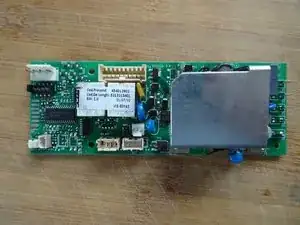
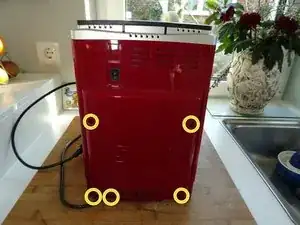
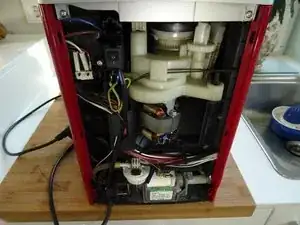
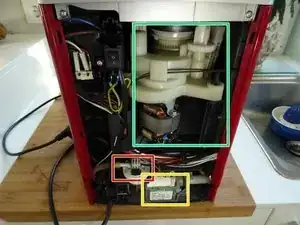
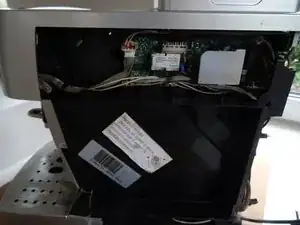
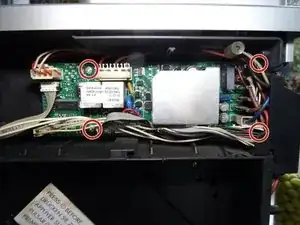
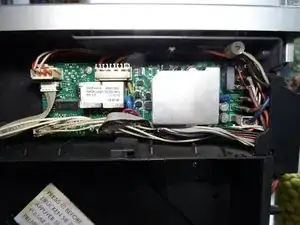

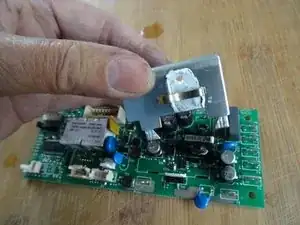
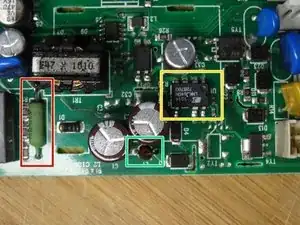
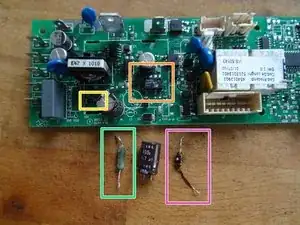
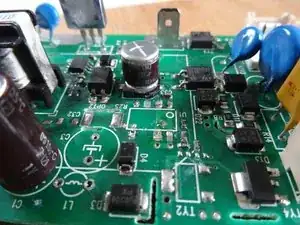
Screwdriver must have a hole? What does that mean? Is it a standard Tx20 bit?
Kevin -
No, it is a TR20 Security Bit, which really has a hole (if you look to the star shape) . See TR10 Torx Security Screwdriver
VauWeh -
Bits from iFixit are equipped with it.
VauWeh -